Catclaw Acacia Facts: What Is A Catclaw Acacia Tree
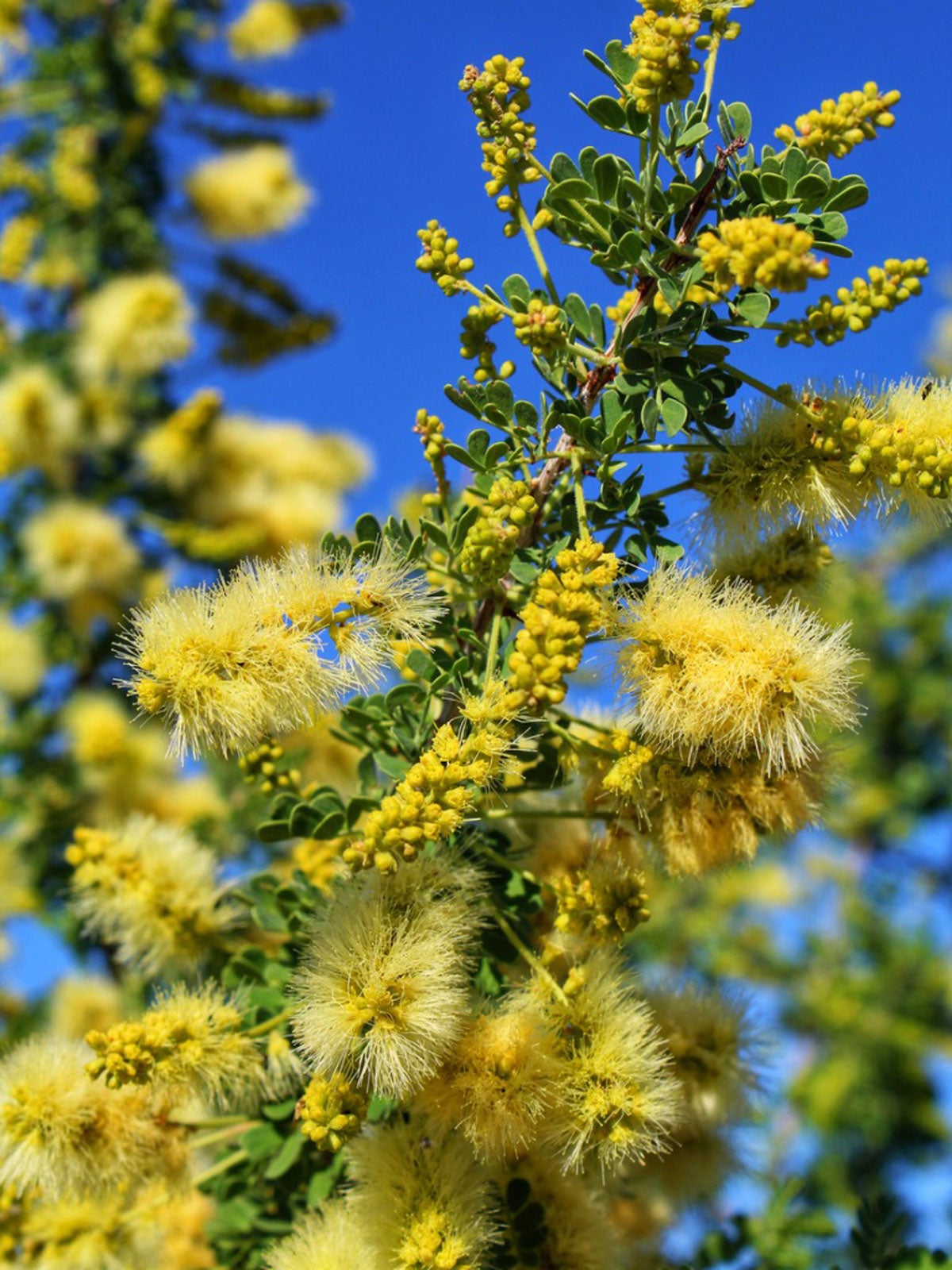

What is a catclaw acacia? It is also known as wait-a-minute bush, catclaw mesquite, Texas catclaw, devil’s claw, and Gregg catclaw to name a few. Catclaw acacia is a small tree or large shrub native to northern Mexico and the southwestern United States. It grows primarily along streambanks and washes, and in chaparral.
Read on to learn more catclaw acacia facts and helpful tips on growing catclaw acacias.
Catclaw Acacia Facts
Catclaw acacia (Acacia greggii) is named for Josiah Gregg of Tennessee. Gregg, who was born in 1806, traveled through much of the Southwest studying trees and geology and eventually gathered his notes into two books. In later years, he was a member of a biological expedition to California and western Mexico.
Catclaw acacia tree consists of formidable thickets of plants armed with sharp, hooked thorns that can tear your clothing – and your skin. At maturity the tree reaches heights of 5 to 12 feet (1-4 m.), and sometimes more. In spite of their troublesome nature, catclaw also produces spikes of fragrant, creamy white flowers from spring through fall.
The flowers are rich in nectar, making this tree one of the desert’s most important plants for honeybees and butterflies.
Growing catclaw isn’t difficult and, once established, the tree requires little maintenance. Catclaw acacia tree requires full sunlight and thrives in poor, alkaline soil as long as it drains well.
Water the tree regularly during the first growing season. Thereafter, once or twice a month is plenty for this tough desert tree. Prune as needed to remove unsightly growth and dead or damaged branches.
Gardening tips, videos, info and more delivered right to your inbox!
Sign up for the Gardening Know How newsletter today and receive a free copy of our e-book "How to Grow Delicious Tomatoes".
Catclaw Acacia Uses
Catclaw is highly valued for its attraction to honeybees, but the plant was also important to tribes of the Southwest who used it for fuel, fiber, fodder, and building material. Uses were varied and included everything from bows to brush fences, brooms, and cradle frames.
The pods were eaten fresh or ground into flour. The seeds were roasted and ground for use in cakes and breads. The women made sturdy baskets from the twigs and thorns, and sachets from the fragrant flowers and buds.

A Credentialed Garden Writer, Mary H. Dyer was with Gardening Know How in the very beginning, publishing articles as early as 2007.
-
 Types Of Tomatoes Explained: Explore The Many Wonderful Shapes, Colors, Flavors, & Best Uses
Types Of Tomatoes Explained: Explore The Many Wonderful Shapes, Colors, Flavors, & Best UsesThe world of tomato varieties is vast and fascinating. Learn about the key types to grow in your garden, tailored to your preferences and space.
By Amy Grant
-
 Try The Trend – Turn Any Bed Into A Keyhole Garden With This Clever In-Ground Composter
Try The Trend – Turn Any Bed Into A Keyhole Garden With This Clever In-Ground ComposterKeyhole gardening is an efficient and sustainable practice that saves space. Get started on this DIY project quickly and easily with an in-ground composter.
By Bonnie L. Grant
-
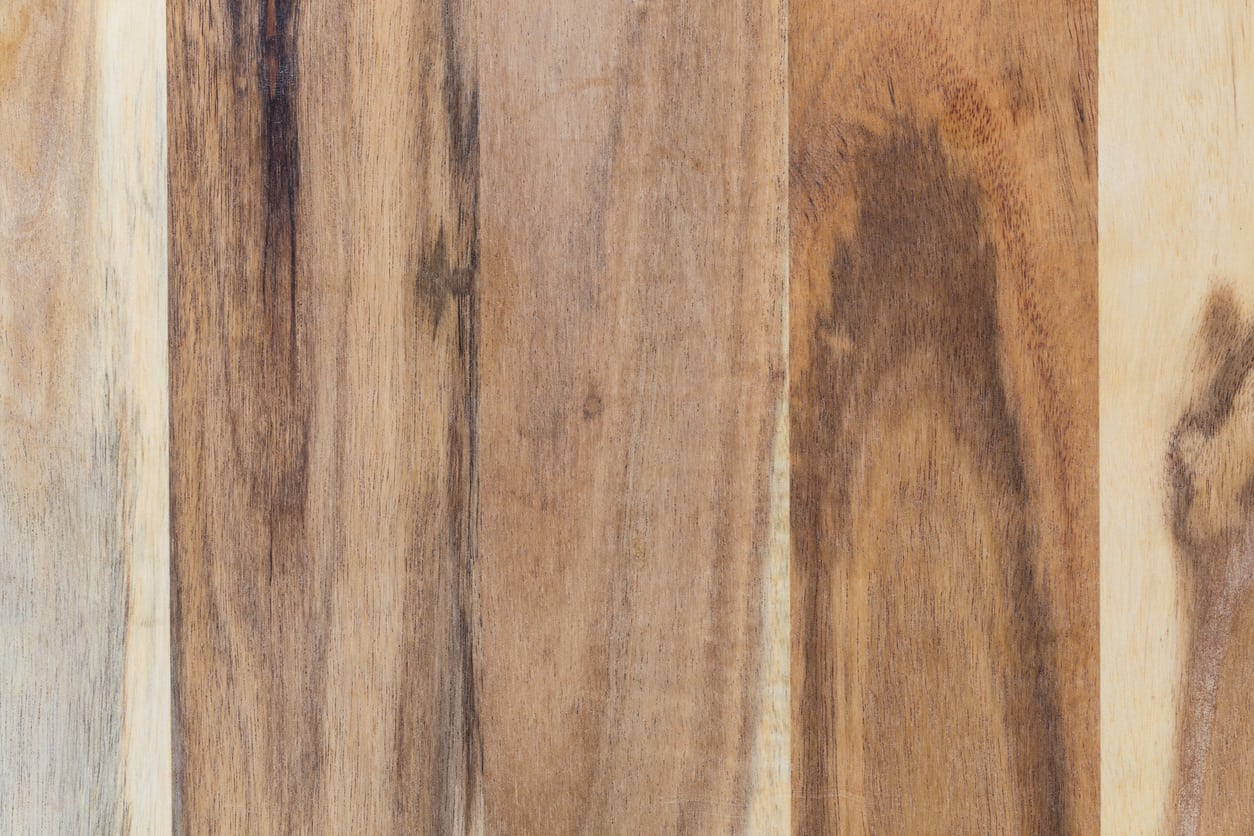 Wood From Acacia Trees: What Is Acacia Wood Used For
Wood From Acacia Trees: What Is Acacia Wood Used ForWood from acacia trees has been used by the Aboriginal people of Australia for centuries and is still in use. What is acacia wood used for? Acacia wood has many uses. The following article contains information on acacia wood uses and more.
By Amy Grant
-
 What Is A Bailey Acacia Tree – Tips For Growing A Bailey Acacia Tree
What Is A Bailey Acacia Tree – Tips For Growing A Bailey Acacia TreeThe Bailey acacia tree produces many pods filled with seed. It is a nitrogen fixing member of the pea family and can help improve soil. Here are some tips on growing a Bailey acacia so you can harness its benefits for your landscape and home.
By Bonnie L. Grant
-
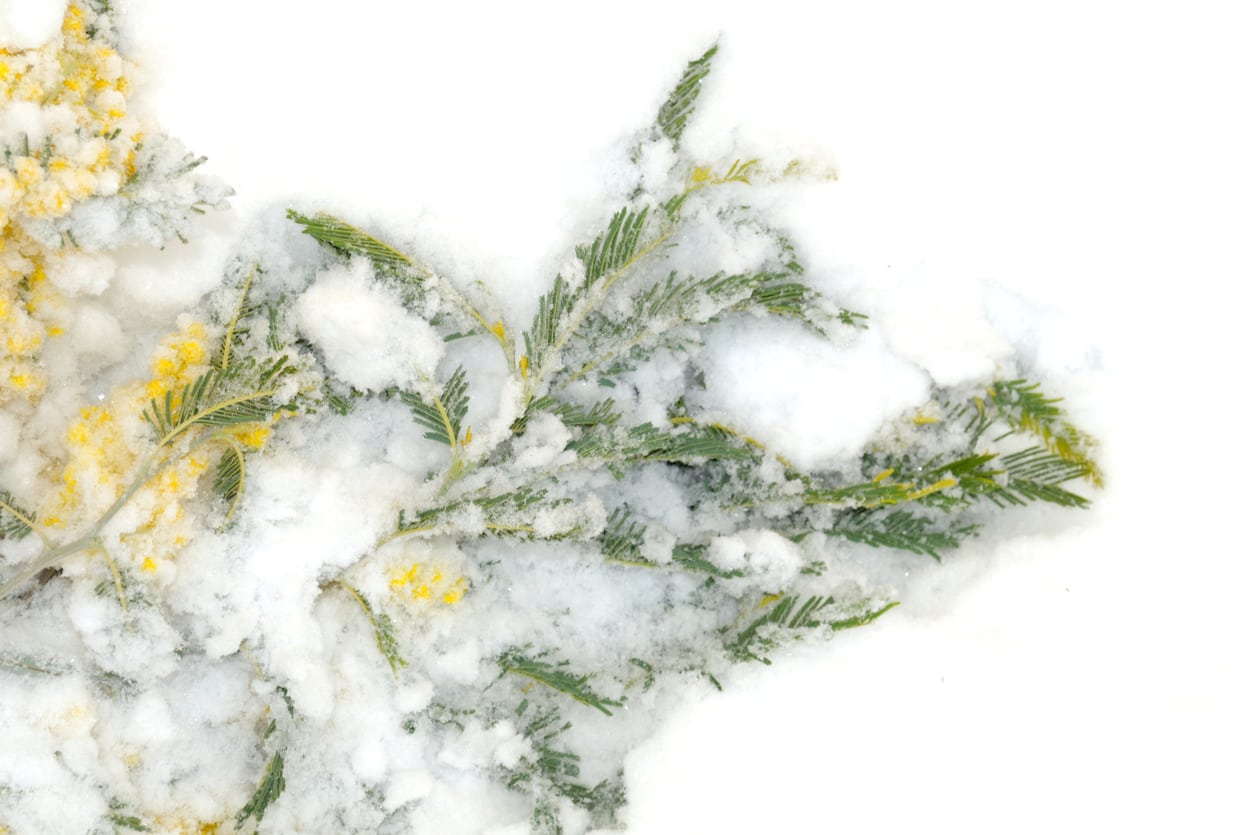 Acacia Winter Care: Can You Grow Acacias In Winter
Acacia Winter Care: Can You Grow Acacias In WinterCan you grow acacias in winter? The answer depends on your growing zone and the type of acacia you hope to grow. Learn more about hardy acacias and cold weather in this article. Click here for additional information.
By Mary H. Dyer
-
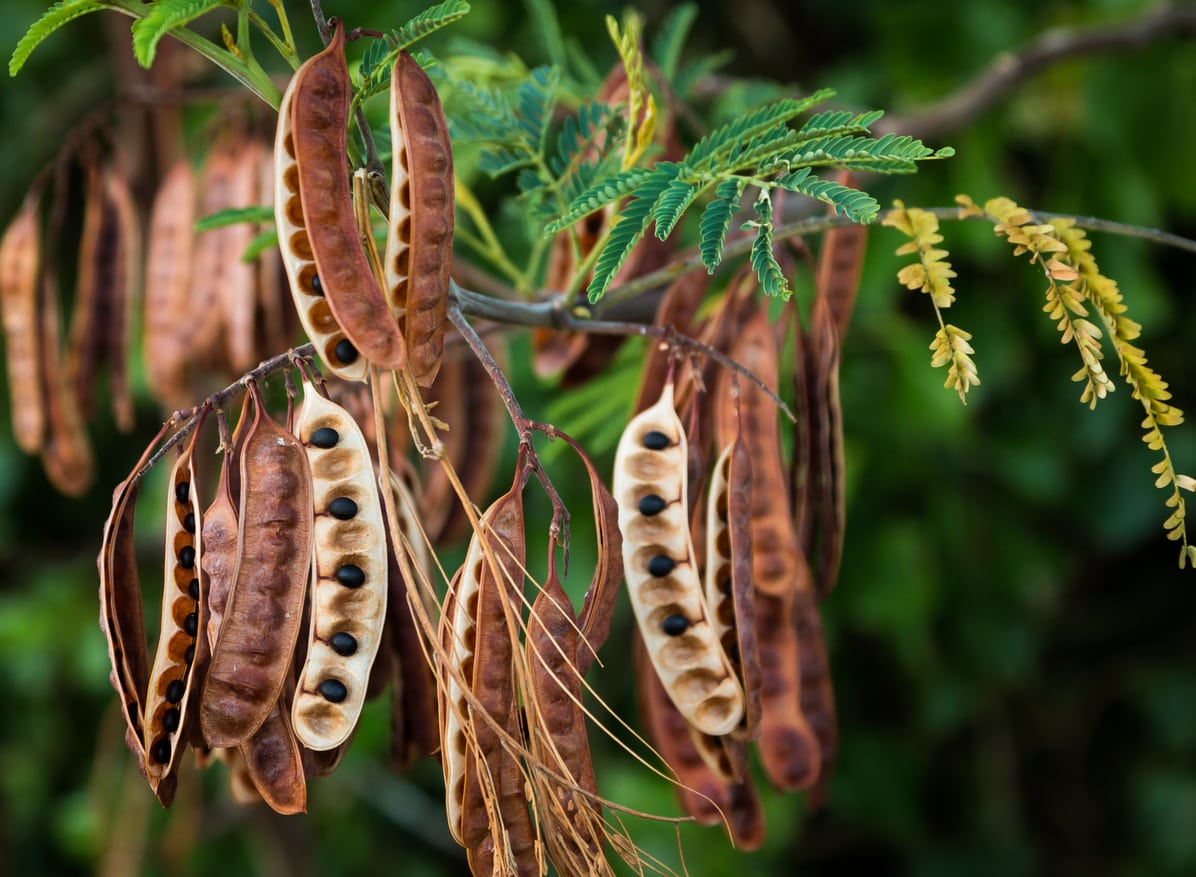 Propagating Acacia Trees – Learn How To Grow New Acacia Trees
Propagating Acacia Trees – Learn How To Grow New Acacia TreesWhile there is a lot of variety within the genus, acacias tend to be attractive, with beautiful yellow or white flowers and, in some cases, impressive thorns. But what do you do if you want more acacias in your life? Click here to learn more about acacia reproduction.
By Liz Baessler
-
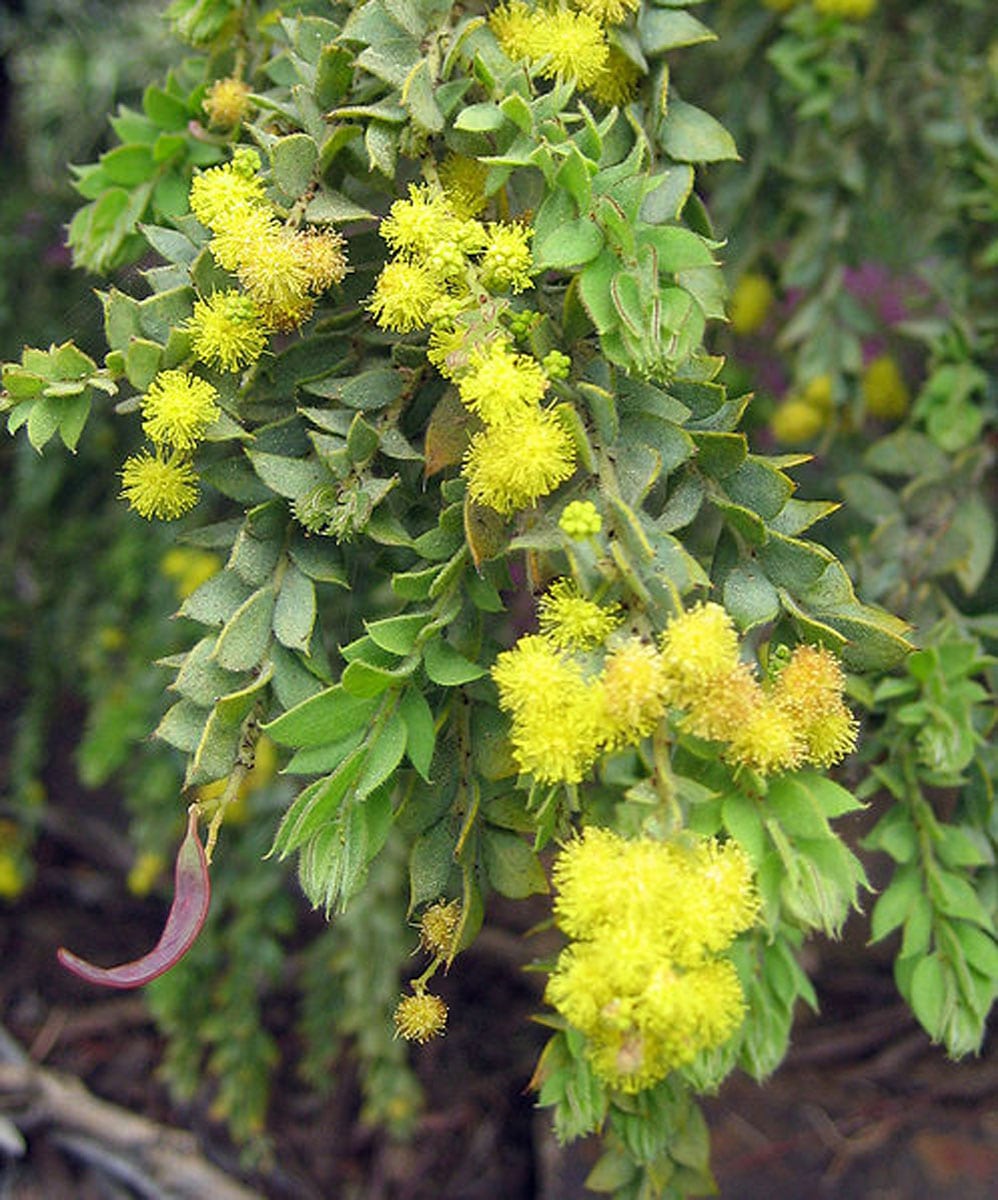 Knifeleaf Tree Care – Learn How To Grow Knifeleaf Acacia Trees
Knifeleaf Tree Care – Learn How To Grow Knifeleaf Acacia TreesAcacias are one of the wonders of the savannah. In Australia, these magnificent plants are called "wattle" and Knifeleaf acacia trees are an outstanding example of native flora. Some background on the tree, found here, will help you decide if the plant is right for your landscape.
By Bonnie L. Grant
-
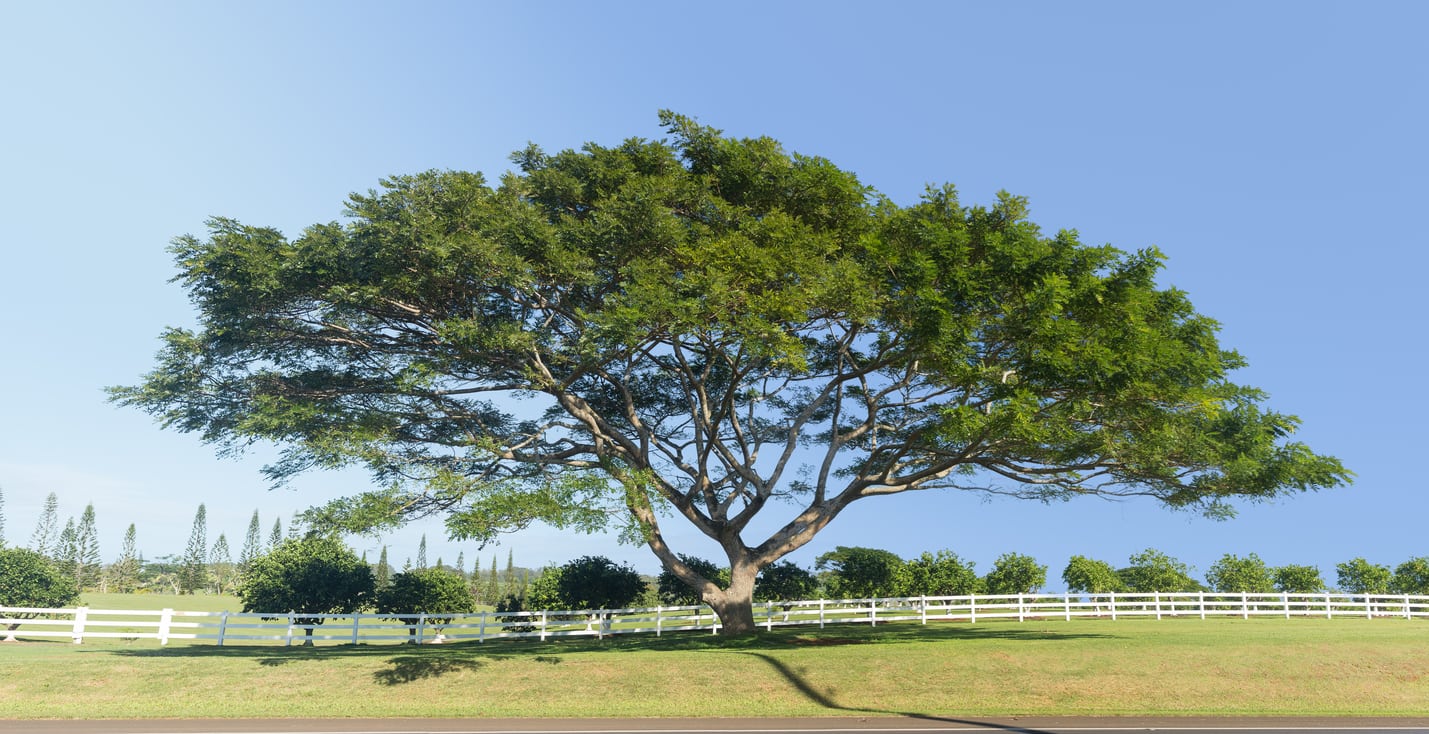 Acacia Koa Information And Care: Where Do Acacia Koa Trees Grow
Acacia Koa Information And Care: Where Do Acacia Koa Trees GrowGrowing a koa tree should only be attempted where the conditions are right, namely those of Hawaii, its native area. These are beautiful shade trees that do best in their natural habitat but can be grown to a shorter lifespan and smaller size. Click here for more info.
By Mary Ellen Ellis
-
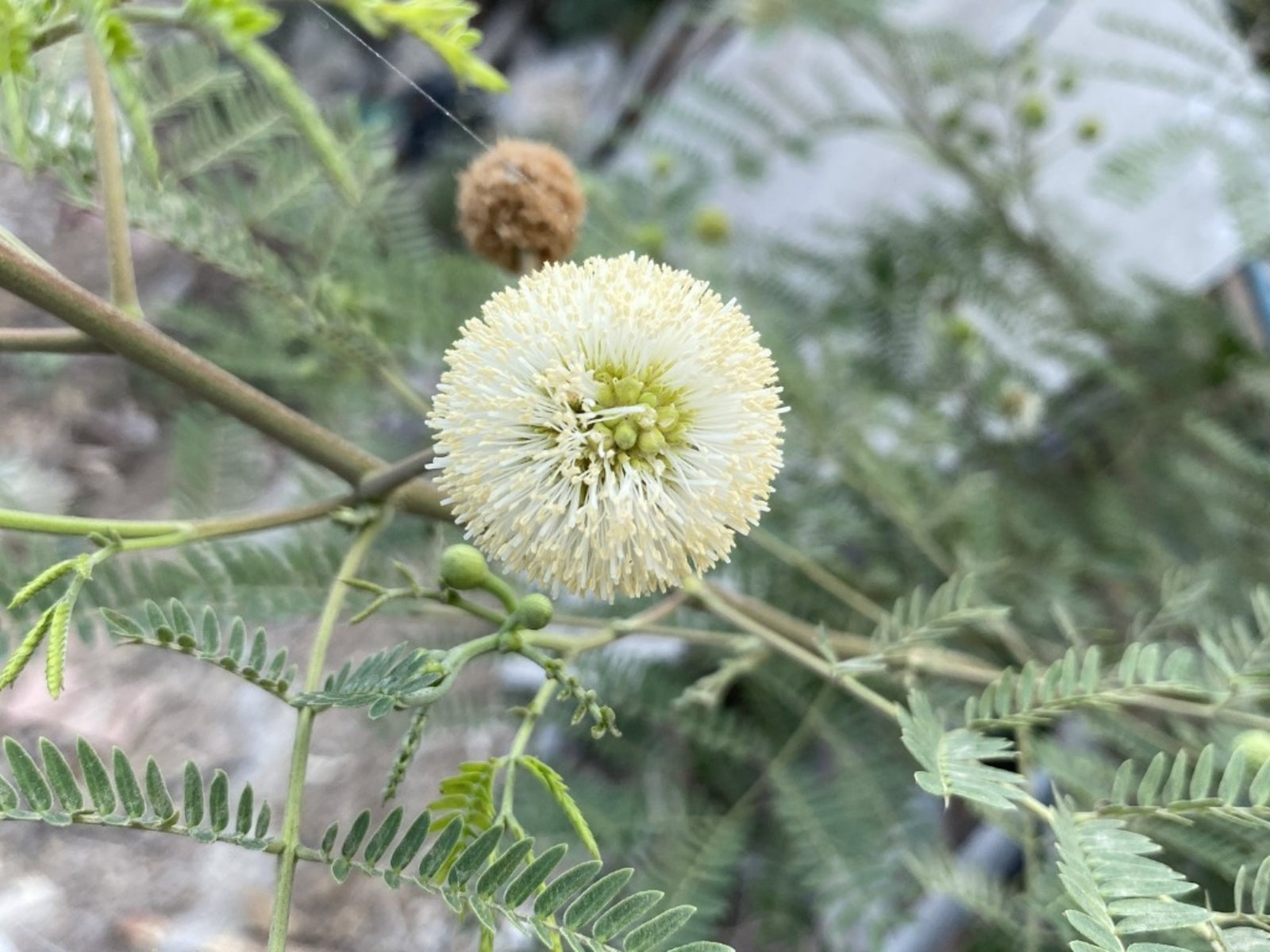 Guajillo Acacia Info – Tips For Growing A Texas Acacia Shrub Or Tree
Guajillo Acacia Info – Tips For Growing A Texas Acacia Shrub Or TreeThe guajillo acacia shrub is drought-tolerant and native to Texas, Arizona, and the rest of the Southwest. It is a great choice in landscapes and gardens for ornamental purposes and to screen areas or attract pollinators. Learn more about it in this article.
By Mary Ellen Ellis
-
 What Is Acacia Gum: Acacia Gum Uses And History
What Is Acacia Gum: Acacia Gum Uses And HistoryYou may have seen the words "acacia gum" on some of your food labels. Where does acacia gum come from? Trees found in tropical Africa. Acacia gum has a long history of natural use and is now easy to find in natural health stores around the world. Click here for more info.
By Bonnie L. Grant